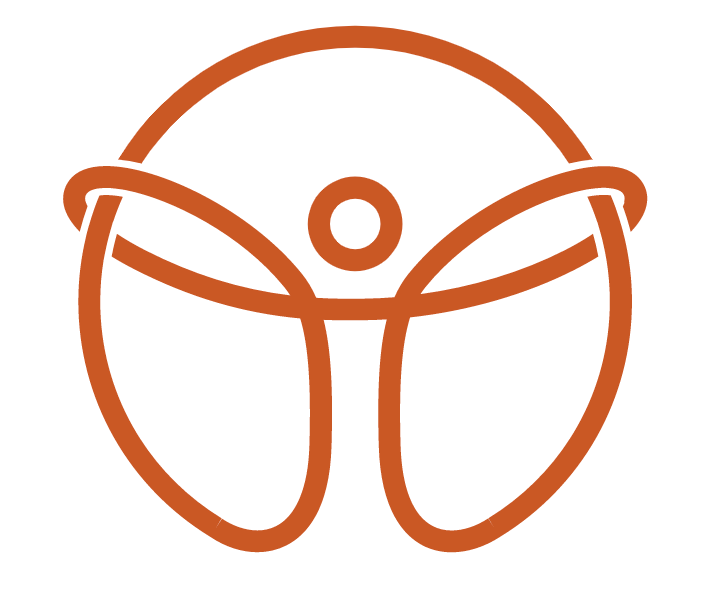Rotator Cuff Syndrome: Causes, the Anatomy, and Conservative Treatment Options
Rotator cuff syndrome is a common condition that affects the shoulder, causing pain and discomfort. In this blog post, we will delve into the causes of this syndrome, explore its anatomy, discuss how it occurs, and highlight conservative treatment options to manage the pain effectively.
What Causes the Pain?
Overuse and Repetitive Motion
One of the primary causes of rotator cuff syndrome is overuse and repetitive motion. This is especially true for individuals engaged in activities that require constant shoulder movement particularly overhead, such as athletes, painters, or construction workers. Over time, the repetitive stress on the shoulder can lead to inflammation and irritation of the rotator cuff tendons.
Aging and Degeneration
As we age, our tendons naturally degenerate and lose some of their elasticity. This age-related degeneration makes the rotator cuff more susceptible to injuries and tears, contributing to the pain.
Anatomy of Rotator Cuff Syndrome:
“The Rotator Cuff”
The rotator cuff is a group of four muscles (Teres Minor, Infraspinatus, Supraspinatus, Subscapularis) and their tendons that surround the shoulder joint, providing stability and facilitating a wide range of motion. When the tendons of these muscles become inflamed or damaged, it leads to pain which can occur on the front, back or outside of the shoulder.
The Subacromial Space
The subacromial space, located above the rotator cuff tendons, can become narrowed due to various factors, such as bone spurs or swelling. This reduction in space can contribute to compression and impingement of the rotator cuff tendons, leading to pain and discomfort.
What occurs when I start getting pain?
Impingement
Rotator cuff syndrome often involves impingement, where the rotator cuff tendons get pinched between the humerus and the acromion, a part of the shoulder blade. This impingement can result from repetitive overhead motions or a decrease in the subacromial space due to various factors.
Tears and Inflammation
In some cases, rotator cuff syndrome may involve tears in the tendons, ranging from minor strains to complete tears. Additionally, inflammation of the tendons can occur, further contributing to the pain and limiting shoulder function.
Conservative Treatment Options
Rest and Activity Modification
One of the initial steps in managing rotator cuff syndrome is giving the shoulder adequate rest. This involves avoiding activities that exacerbate the pain and modifying daily routines to reduce stress on the shoulder.
Manual Therapy
Manual therapy, such as Active Release Technique (ART®) or Graston, plays a crucial role in repairing the muscles around the shoulder and improving range of motion. Therapists employ targeted exercises to address weaknesses and correct biomechanical imbalances contributing to the syndrome.
Thoracic Spine Mobilization or Manipulation
The thoracic spine, located in the upper and middle part of the back, plays a crucial role in the overall function and movement of the shoulder complex. A restricted or stiff thoracic spine can contribute to rotator cuff pain through various mechanisms such as shoulder compensation overhead due to a lack of mid back extension, altered scapular mechanics and increased impingement risk due to the orientation of the scapula and shoulder complex. Mobilization or manipulation by a licensed chiropractor can help achieve increased mid back extension which can improve the ability for the shoulder to move overhead.
If you have any questions about rotator cuff pain or how to fix it, please feel free to contact us at reception@mvmtstl.com or direct message us on Instagram @mvmtstl and one of our practitioners would be happy to help.


